Chernobyl and Fukushima exclusion zones: Nuclear disaster sites are not wildlife havens
The exclusion zones of the Fukushima and Chernobyl nuclear disaster sites have not become wildlife havens in the absence of humans. Rather, the effects of radiation are being seen across plant and animal species, with widespread population declines and health problems being documented at both sites.
Timothy Mousseau, Professor of Biological Sciences at the University of South Carolina, has been researching the effects of radiation on the wildlife at Chernobyl for over 15 years and Fukushima since the disaster five years ago. In 2015, he and his colleagues published five papers about the effects of radiation in Fukushima – with a particular focus on birds in the area: "The overwhelming conclusion is that many species of birds have shown dramatic declines over the four years. As best we can tell the impacts are continuing to increase at this point," he told IBTimes UK.
At Fukushima, a megathrust earthquake generated a massive tsunami that inundated the Daiichi nuclear power plant. Failures at the plant resulted in three nuclear meltdowns and the release of radioactive material. Thousands of people were evacuated and an exclusion zone remains in place to date.
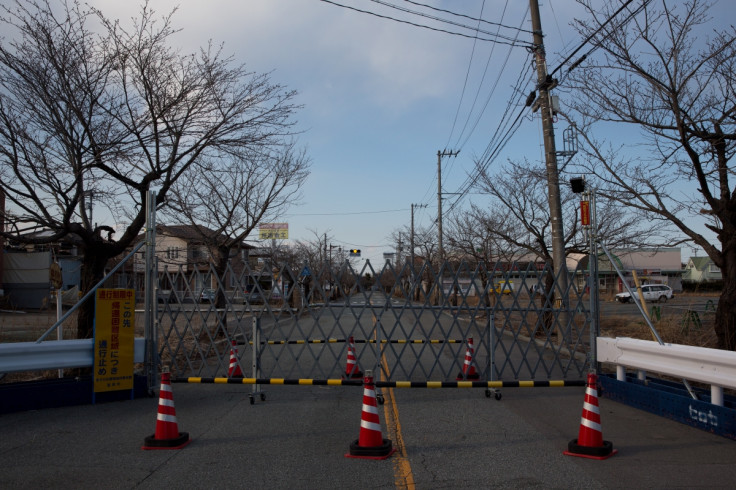
In one of the studies of wildlife at the site, Mousseau and researchers from France reconstructed the radiation doses received by 7,000 birds they had observed over the last four years. "The results were really dramatic. The basic finding was as dose goes up the number of birds goes down just as we had previously reported ... that it follows a relatively linear dose response as predicted by conventional wisdom concerning the potential health effects of radiation, with no evidence of any threshold below which there are no effects. So small amounts of radiation, small effects, large radiation, large effects."
Along with birds, scientists have also seen declines in butterfly and insect populations. Radiation is believed to affect species' ability to reproduce. Mousseau says their current findings show the need for far greater monitoring at the site, looking at the rest of the biota in the region. "There hasn't been nearly enough investigation research into the broader ecological impacts," he said.
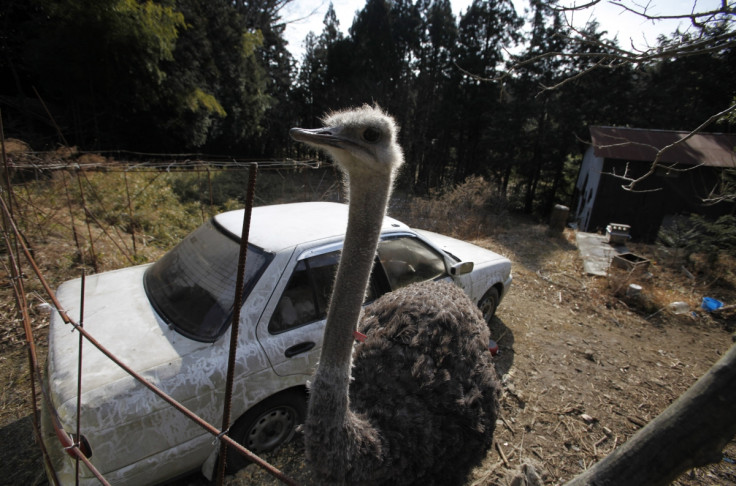
Chernobyl replication
The Chernobyl nuclear disaster took place on 26 April, 1986. Operators were carrying out a test that required safety systems to be shut off. The procedure went wrong, however, and the reactor's fuel element broke causing a huge explosion. The fuel rods melted and the graphine covering the reactor caught alight. It burned for nine days, releasing massive amounts of radiation and becoming the worst nuclear disaster in history.
Chernobyl has provided scientists working at Fukushima a certain amount of "replication", meaning they are able to test some of their hypotheses relating to the effects of radiation. Findings from Chernobyl may well be seen again in Fukushima (despite differences in the contaminants). For example, Mousseau's team recently found birds and mice in Chernobyl suffering from cataracts, something that may well be seen at the Japanese site in the future.
"This has not been looked for in Fukushima at all, there's been almost no investment in the kinds and scale of studies needed to investigate such questions. Cataracts were one of the observations from the atomic bomb survivors. It's also been reported for medical personnel working with radiation. It's not particularly surprising to find this in Chernobyl with the animals where they're getting reasonable doses as well. We would predict to see the same thing in Fukushima in areas of high radiation.
"The other thing we've noted is there have been big effects on male fertility – sperm function and performance seems to be greatly affected by radiation and we would predict to see similar effects in Fukushima but again nobody has looked for this so we don't know for sure."
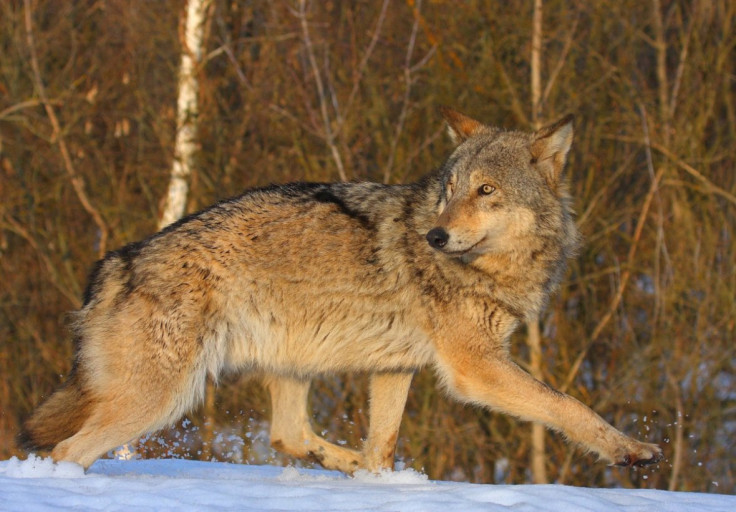
Wildlife havens?
Since the disasters, both sites have been devoid of human activity. Images of these ghost towns slowly being taken over by nature has led to many reports of the idea they have become wildlife havens. And indeed, research in Chernobyl has shown some select populations are rebounding in terms of their numbers.
But the absence of people does not make up for the radiation and its effect on wildlife. Mousseau explained: "We realise - even more starkly - the impact of human disturbance on natural populations when it seems like even following a nuclear disaster, some of the populations have rebounded and are doing better in the absence of humans. But the problem with some of that kind of coverage is that it ignores the bigger pictures and it obscures the more important question of the impacts on these populations."
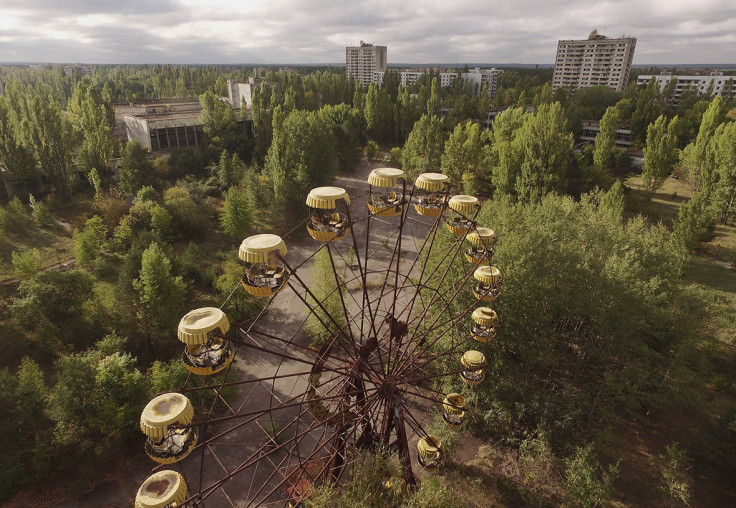
Removing the threat of humans, mainly through hunting, can help some populations grow. But it does not mean these species aren't being impacted by other stressors in the environment at the same time. "I'm disappointed that often the larger message is often hidden or obscured by some of these Cinderella stories that don't accurately reflect the whole picture," he said.
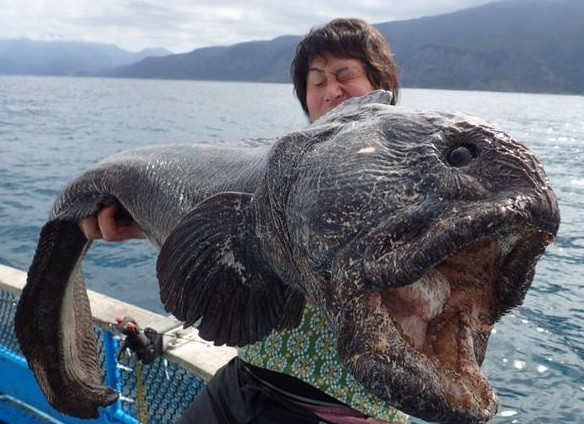
Three-headed monsters
In the same vein, when stories about mutant animals or plants make headlines, the reality behind potential mutations is not made clear. Reports of 'mutant daisies' circulated social media last year after a photo showed deformed flowers. While environmental factors could have influenced their growth, the condition pictured is a natural occurrence that can happen anywhere on Earth.
Another image of a monster wolffish caught off Japan's Hokkaido island also attracted widespread attention, with some reports saying it was caused by Fukushima radiation. At the time, Mousseau said it was "extremely unlikely" radiation had anything to do with the abnormally large size.
"Most people tend to focus on the potential big effects that are sometimes (but very rarely) observed as a result of mutagens like radiation. The truth is for the most part these mutagens lead to multiple small mutations that work additively to affect the performance of the organism, usually slowing them down, making them less able to survive in their natural condition;s and so often unless you look carefully you don't see the direct effects of radiation.
"We try to take a closer look by looking at cataracts and brain size and other types of developmental abnormalities, but the truth is that often the effects are difficult to measure because they're not so obvious. Cancers and tumours are extremely rare, but three headed monsters are even rarer and if they did occur you would never see them because they simply wouldn't survive long enough to be observed."
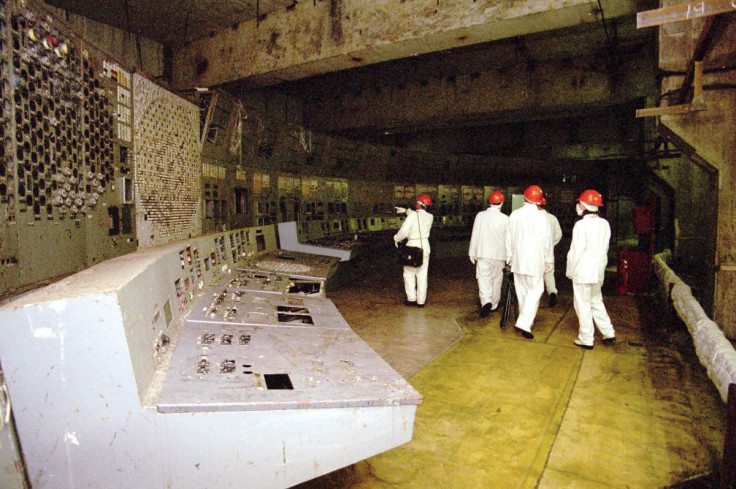
Looking ahead
Continuing to study the observable wildlife populations at Chernobyl and Fukushima will not only give an insight into how these disasters continue to impact the flora and fauna, but provide practical applications to medicine and disaster prevention.
"[These disasters were] immensely costly in terms of human health and quality of life. They were terrible disasters; catastrophes. But if there's anything good that might come from them is that it provides an opportunity to rigorously investigate and research the consequences of this kind of radiation on the environment in a way that has never been possible in the past. This will be extremely important in the likelihood of future nuclear disasters of one sort or another, or nuclear terrorism," Mosseau said.
"Also it certainly applies to medical radiation. We are increasingly relying on nuclear radiation for medicine and medical imaging and the average doses received by the general population in more developed countries is increasing dramatically. Studies of Chernobyl and Fukushima provides another tool for investigating the potential consequences of such increasing exposures."
© Copyright IBTimes 2024. All rights reserved.







